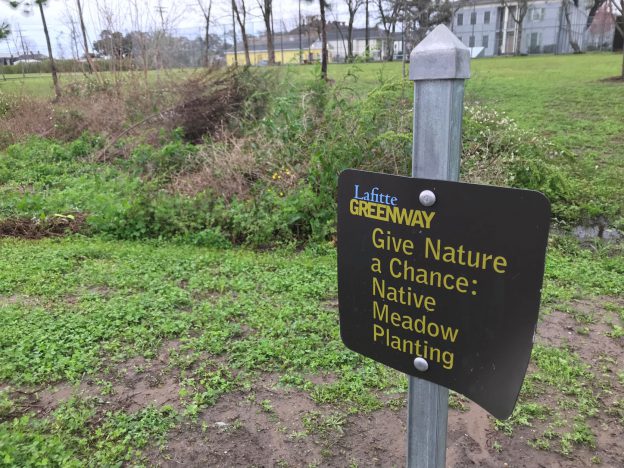By refugelawn, on 05/12/2021
The way we build and perceive our environment is both rooted in culture and influenced by environment. You need not travel far to see how homes, infrastructure, and landscapes vary due to climate, soils, building codes and regulations, or price per square foot.
For middle-class homeowners in suburban America, monoculture lawns are the rule rather than exception, but travels abroad or to densely populated urban areas reveal different trends – one where diversity of flowering broadleaved forbs are valued, if not encouraged, within maintained turfgrass. Furthermore, the use of refuge or native areas is increasingly a tool for improving pollinator habitats within urban “waste ” and stormwater management areas.
The use of turfgrass, rest assured, is not disappearing, but the way it looks and functions in the built environment is changing. The Refuge Lawn project questions whether diverse turfgrass settings – indeed “weedy” lawns – can benefit insect pollinators.
